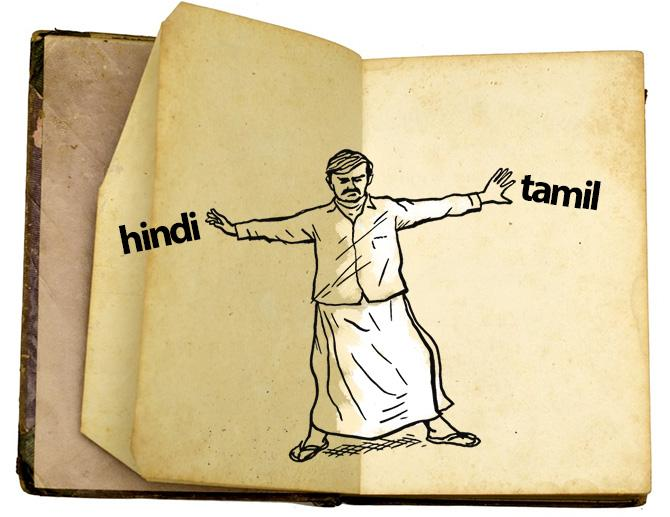Resolving the Hindi-Tamil Language Conflict in Tamil Nadu
The ongoing debate over the purported attempt to impose
Hindi in Tamil Nadu has once again highlighted the linguistic and cultural
tensions between the state and the central government. Tamil Nadu Chief
Minister M.K. Stalin’s recent critique of the BJP-led central government
reflects the state’s longstanding resistance to what it perceives as the forced
promotion of Hindi and Sanskrit at the expense of Tamil. While the Centre has
made efforts to accommodate regional languages, such as allowing CISF exams to
be written in Tamil, the issue remains unresolved. A constructive solution must
be found to bridge this divide, ensuring linguistic diversity while fostering
national unity.
At the heart of the conflict is Tamil Nadu’s pride in its ancient language and culture, which its people view as integral to their identity. Tamil, one of the world’s oldest living languages, is not merely a mode of communication but a symbol of the state’s rich heritage. The perceived imposition of Hindi, often seen as a step toward linguistic homogenization, is viewed as a threat to this identity. Stalin’s demand to give Tamil a status at par with Hindi and to allocate more resources for its promotion reflects this sentiment. On the other hand, Union Home Minister Amit Shah’s appeal to introduce engineering and medical education in Tamil is a step toward addressing these concerns, but it falls short of a comprehensive solution.
To resolve this crisis, both the central and state
governments must adopt a collaborative approach. First, the Centre should
consider giving Tamil a status at par with Hindi in official communications and
cultural recognition, without necessarily declaring it an official language of
India. This would acknowledge Tamil’s historical and cultural significance and
reassure Tamil Nadu of its place in the national framework. Second, while the
three-language formula may not be feasible in Tamil Nadu due to its steadfast
adherence to the two-language formula, the Centre should respect this
preference and avoid imposing additional linguistic requirements on the state.
Instead, efforts should focus on promoting multilingualism voluntarily,
ensuring that Hindi is taught as an option rather than a mandate.
Additionally, the Centre should increase funding for the
preservation and promotion of Tamil literature, art, and education. Initiatives
like translating technical and scientific texts into Tamil, as suggested by
Shah, should be expanded to include other disciplines, ensuring that
Tamil-medium education is both accessible and competitive. Simultaneously, the
state government must work to strengthen Tamil’s role in education and
administration without alienating other linguistic communities.
Ultimately, the solution lies in mutual respect and
recognition. The Centre must move beyond symbolic gestures and address Tamil
Nadu’s concerns substantively, while the state must engage constructively with
the Centre to find common ground. By embracing India’s linguistic diversity,
both parties can transform this conflict into an opportunity to strengthen the
nation’s unity in diversity. Only through dialogue, empathy, and concrete
action can the Hindi-Tamil impasse be resolved, ensuring that no language or
culture feels marginalised in the process.

No comments:
Post a Comment